Non-Mendelian Inheritance
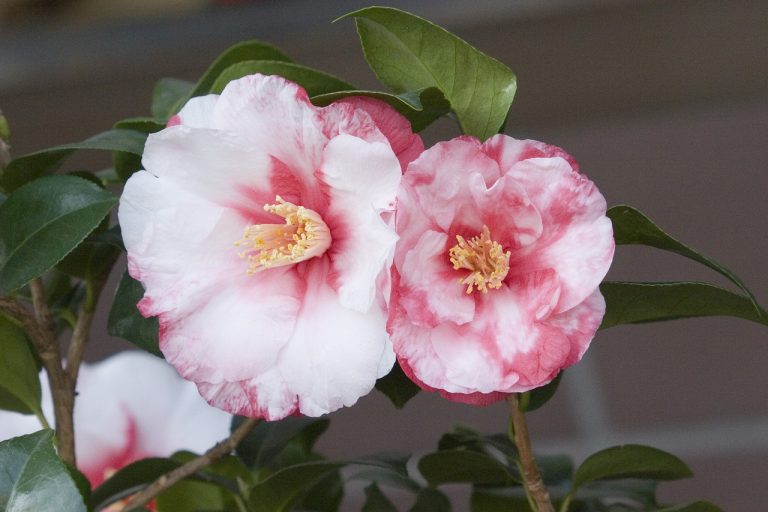
An example of a trait showing a non-Mendelian Inheritance pattern
Table of Contents
Reviewed by: Mary Anne Clark, Ph.D.
The inheritance patterns seen in Mendel’s monohybrid and dihybrid crosses depend on three sets of assumptions:
- Each trait is determined by a single gene locus
- Each gene had two alleles, one provided by each parent
- One of the two alleles was dominant to the other.
In this tutorial, we will look at exceptions to assumptions (1) and (3). Exceptions to (2) will be discussed in the tutorial on sex chromosomes.
Incomplete Dominance
In typical dominance, only one of the two parental phenotypes is expressed in the hybrid progeny. However, in incomplete or intermediate dominance, the hybrid progeny express a third phenotype, usually intermediate between that of the two parents. For example, see the picture of the simulated cross at the left. The two pure-breeding parents are red and white. However, the F1 progeny are pink. A similar inheritance pattern is seen in carnations and sweet peas.
Crossing the hybrid progeny with each other results in an F2 progeny in which all three phenotypes are seen: red, pink, and white flowers in a ratio of 1:2:1. When intermediate dominance is involved, each genotype has a different phenotype: RR = red, Rr = pink, and rr = white.
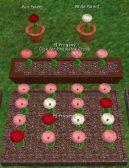
This kind of inheritance pattern is usually interpreted as showing that a single copy of the red allele is insufficient to produce enough pigment to show dominance in the heterozygote.
A variation on incomplete dominance is seen in codominance, in which both alleles of a heterozygous pair are fully expressed. Codominance is seen in the ABO group blood type alleles described below.
Multiple Alleles
Diploid organisms naturally have a maximum of 2 alleles for each gene expressing a particular characteristic, one deriving from each parent. In some cases, however, more than two types of alleles can code for a particular characteristic, as is the case of genetic coding for blood type in humans. In the ABO group, there are three alleles: A, B, and O. Usually these alleles are designated IA, IB, and i.
The reason for this elaborate representation of the genotypes is that the ABO blood group genes illustrate both multiple alleles at a locus and codominance. The A and B alleles are both dominant to the O allele, but neither A allele nor B allele is dominant to the other. Because of this combination of features, there are six possible genotypes that encode four possible blood groups: A, B, AB, and O. Because A and B are both dominant to the O type, individuals with blood type A may have two possible genotypes: IAIA or IAi. Type B individuals may similarly be either homozygous or heterozygous for the B allele. The other two blood types AB and O have unique genotypes. Type AB is genotype IA IB. Type O is the homozygote ii.
The reason for this odd pattern is that the A and B alleles both encode a sugar transferase enzyme that adds sugar to a glycoprotein in the red blood cell membrane. Each allele encodes an enzyme that adds a different sugar. The O allele, on the other hand, encodes a defective protein and adds nothing.
Multiple Interactive Gene Loci
Both of the examples above illustrate exceptions to the monohybrid inheritance pattern. Variants to the dihybrid pattern are seen when two different gene loci each contribute to the same phenotype, e.g. feather color in budgies. Color in bird feathers depends on two things: pigment deposited in the feather and tiny ridges on the feather that produce iridescence. Budgie feathers may have yellow or no pigment from one set of gene loci, and blue or no iridescence from the presence or absence of the ridges. Various combinations of these colors produce white, yellow, green, or blue feathers. Green birds have both the pigment and the iridescence; white birds have neither. A dihybrid cross between two birds heterozygous at both loci will produce a typical 9:3:3:1 ratio, but the ratio is expressed in a single trait: feather color.
In mice, among the many gene loci that affect coat color are the albino locus and the agouti locus. To express the typical mousy gray coat color a mouse must have a normal allele at the albino locus and the normal agouti allele at the agouti locus. Mice that are homozygous for the recessive albinism gene are white. Mice that are homozygous for the recessive nonagouti gene at the agouti locus are black. Mice may, therefore, be agouti (gray), black or white. Crossing two mice that are heterozygous at both loci produces a modification of the 9:3:3:1 ratio: 9 agouti mice, 3 black mice, and 4 albinos. This is because homozygosity for the albino gene blocks expression of both the agouti and the black phenotypes.
In the next tutorial, learn about the effects of chromosomal mutations, such as nondisjunction, deletion, and duplication.
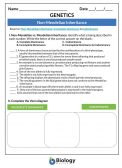 | NON-MENDELIAN INHERITANCE WORKSHEET This worksheet will test the student’s aptitude on Non-Mendelian inheritance. The first part will test the student’s comprehension of complete dominance, incomplete dominance, and codominance. The second part is a practice on logical relations between incomplete dominance and codominance through a Venn diagram. Subjects: Genetics & Evolution |
You will also like...

Biological Viruses
Viruses possess both living and non-living characteristics. This unique feature distinguishes them from other organisms...
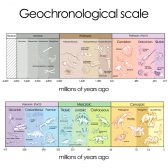
Geological Periods
Geological periods is a study guide that cites the different geological periods on Earth's timeline. Each has a brief ov..
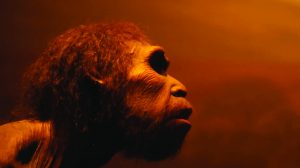
The Hominids
The hominid family diversified from the apes around 6 to 8 million years ago. Since then, the evolutionary path has prov..
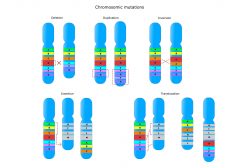
Chromosome Mutations
Mutations can also influence the phenotype of an organism. This tutorial looks at the effects of chromosomal mutations, ..
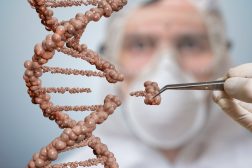
Genetic Engineering Advantages & Disadvantages
This tutorial presents the benefits and the possible adverse eventualities of genetic engineering. Know more about this ..
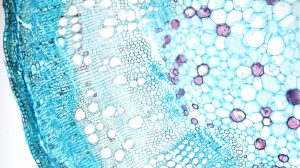
Cell Biology
The cell is defined as the fundamental, functional unit of life. Some organisms are comprised of only one cell whereas o..
